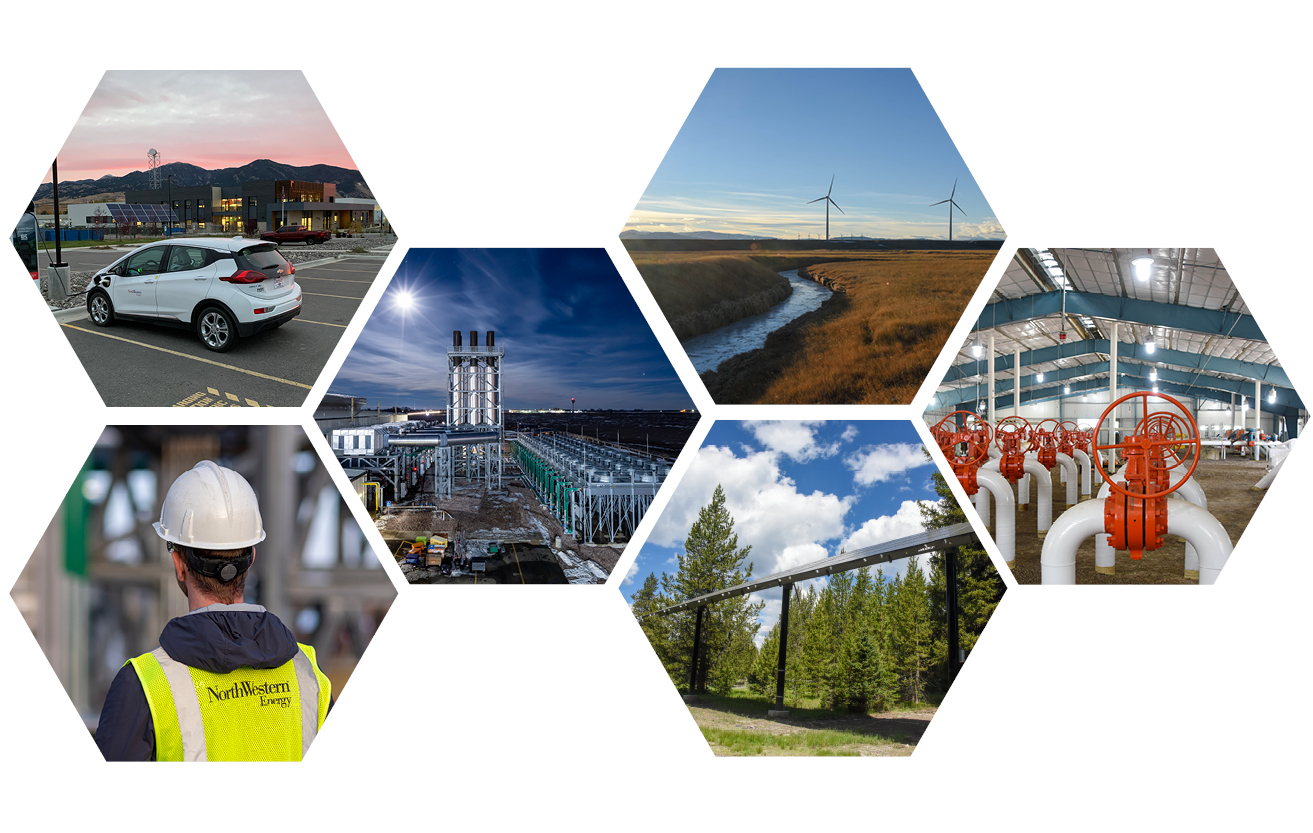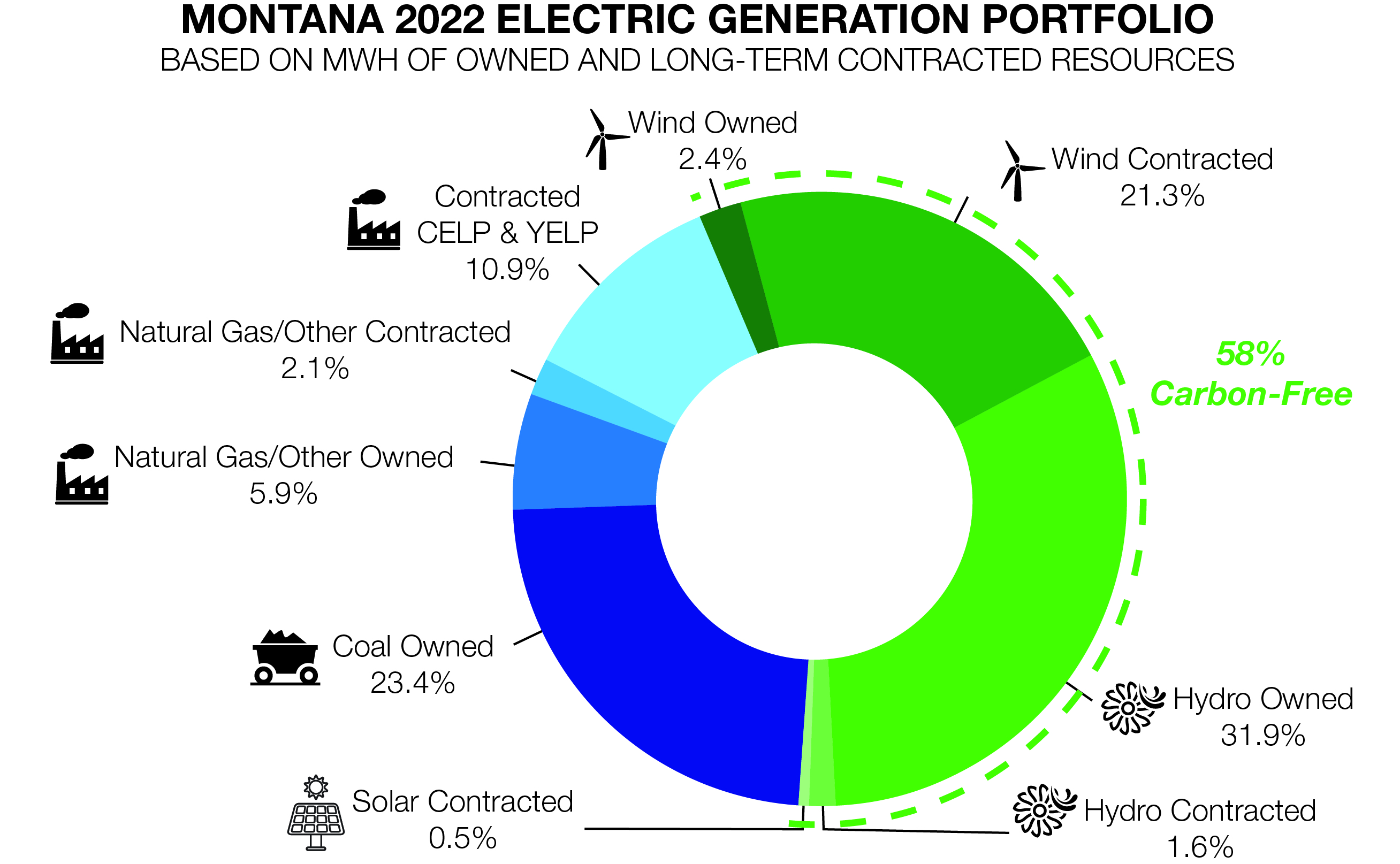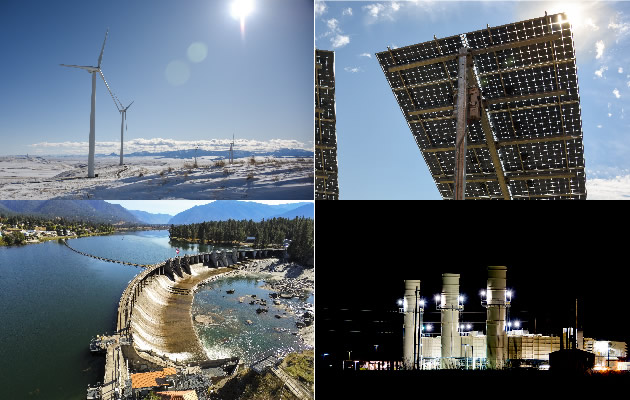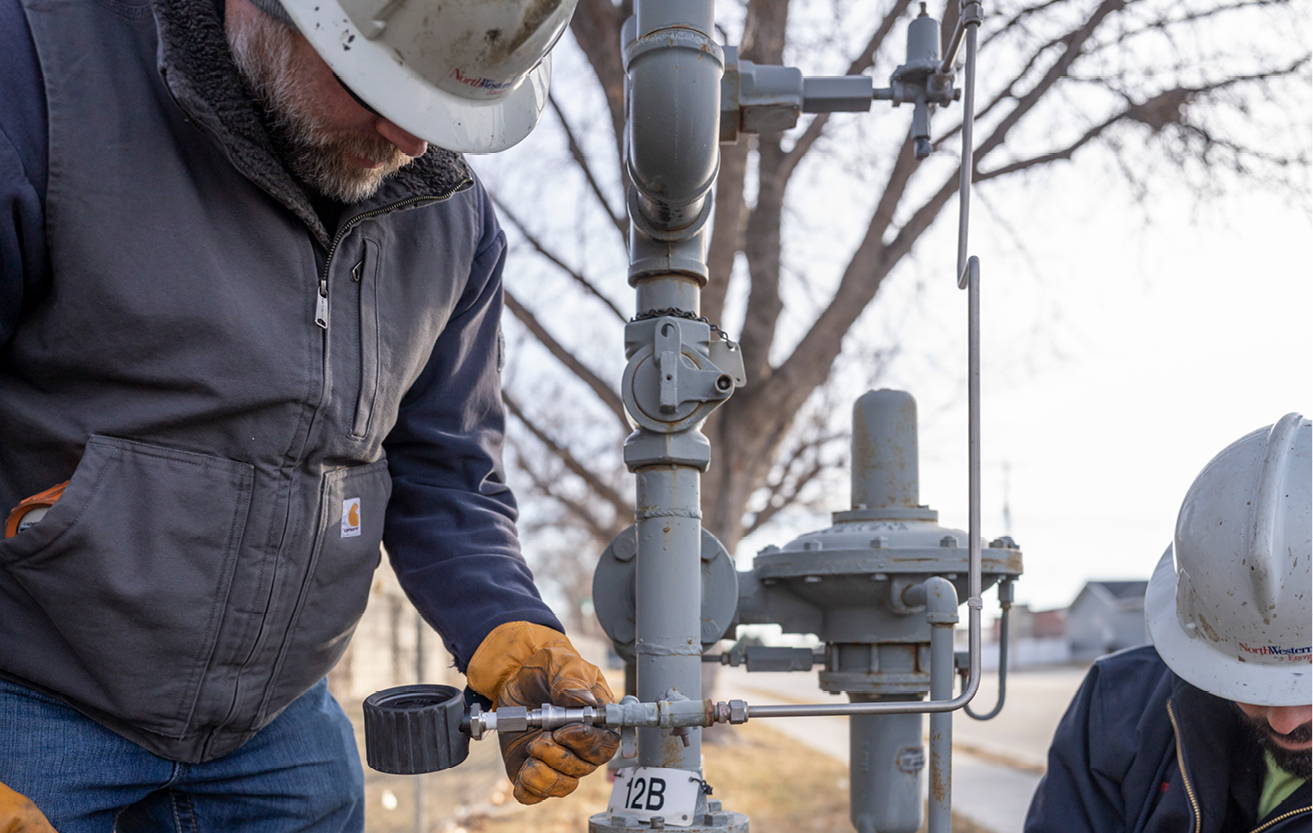Electrification of fleet vehicles
We will electrify our fleet of 1,200 vehicles and equipment. In 2022, we will begin replacing vehicles and equipment at the end of their useful lives with electric alternatives. By 2030, we intend to replace 30% of our light‑duty class vehicles (about 100 cars and light trucks), 20% of new medium and heavy‑duty vehicles, and 30% of new bucket trucks with electric vehicles. In addition, by 2030, all new forklift replacements will be electric. We drive 13 million miles each year to serve our customers, so the emission reductions of going to EVs will be substantial.









